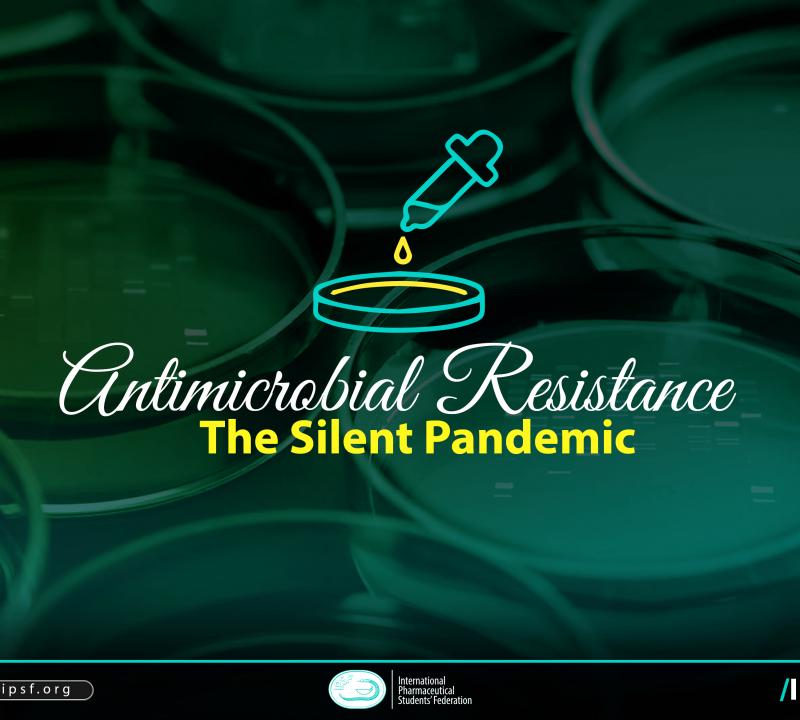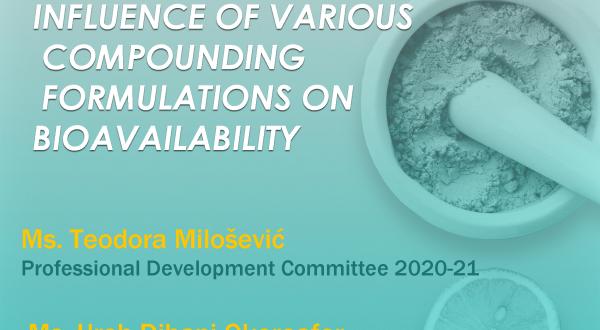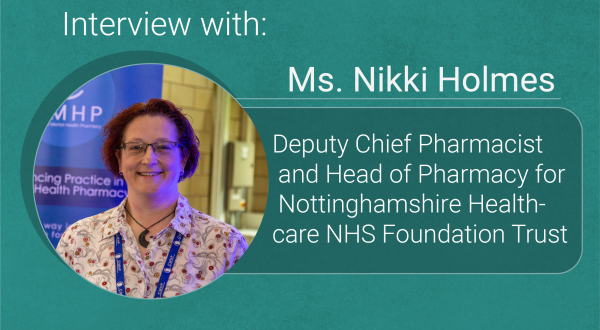
Opinion: Antimicrobial Resistance, The Silent Pandemic
While the world is preoccupied with fighting Covid-19, a less noticeable but equally deadly pandemic is continuing to spread across the globe largely unchecked.
Air and water, apples and oranges, people and animals, elders and youth. Regardless of where you live or who you are, AMR affects you, superbugs surround you, and the following lines speak to you.
As Alexander Fleming predicted almost 70 years ago, antimicrobial resistance is now a threat that healthcare professionals have been grappling with for a long time, but the coronavirus pandemic threatens to exacerbate it in a number of ways.
Hospital admissions increase the risk of transmission of multidrug-resistant organisms. Disruptions to health services cause interruptions to treatments for tuberculosis and HIV which can lead to selection for drug resistance. Disruption to vaccination services also increases the risk of infection, potentially leading to an overuse of antimicrobials, not to mention the consequences of the wild use of biocidal agents for environmental and personal disinfection.
When COVID-19 first appeared, no one knew what to expect or how to manage, and in the midst of uncertainty and lack of access to testing, antibiotics have been prescribed ''just in case'', in spite of the fact that no matter how popular they are, they can never get viral.
A recent study conducted in intensive care units in 88 countries showed that although only 54% of patients had suspected or proven bacterial infection, 70% of them had received at least one antibiotic either for prophylaxis or treatment purposes.
Thus, urgent action is needed, to prevent COVID-19 pandemic from casting a long shadow over antimicrobial resistance. The latest update of WHO’s guidance does not recommend antibiotic therapy or prophylaxis for patients with mild or moderate COVID-19 unless signs and symptoms of a bacterial infection exist.
Allow me to use Dr. Cornelius Clancy’s words to say, "Don't go to the doctor expecting to get an antibiotic. If you are diagnosed with COVID-19 and you don't get an antibiotic, your doctor is doing the right thing." please understand.
On the other hand, and for the past months, this tiny invisible enemy of SARS-CoV-2 has been displaying the last wake up call, showing us what a world without effective treatments looks like. Teaching us, the hard way, that health is the number one priority.
''The uncertainty of our era gives us unprecedented power to shape a better tomorrow, we are being given the chance to reimagine the world'' says 17-year-old, Yael Crupnicoff. Despite making us live under constant stress, and experience constant loss, coronavirus had already created significant shifts in our behavior. All we have to do now, is to stick to those healthy habits, in order to keep future microbes at bay. Let's finally wake up, shall we?
While the rapid detection of resistance, antimicrobial stewardship, increased surveillance, as well as infection control, are key interventions to reduce the spread and emergence of AMR, changes in behavior are more than crucial, because even if we are able to discover new antibiotics, their efficiency may soon become impaired if used irresponsibly.
You heard of cancer, but you might have never heard of NMD-1(1), MRSA(2), or MDR(3). Yet, by 2050, antimicrobial resistance is expected to kill more than cancer. It could cause over 10 million deaths annually, and cost the world, up to 100 trillion USD.
As sad as it might be, the actual numbers show that we are still collecting superbugs, creating little monsters with our overuse, then feeding them with our unfinished courses while waiting for 2050 to come.
There’s an image I cannot erase of my head, an image that I have encountered every single day during my internship. I am not ashamed to admit that reduced diameters(4) and keyholes(5) on antibiograms, make me so scared. If you knew the danger of what I saw, you might be just as scared as I am.
Antimicrobial resistance threatens to turn the clock back on decades of medical progress, nevertheless, there is still time to change course.
Somewhere between 2020 and 2050, you can be that change, when you vaccinate your child and show them the importance of hygiene. When you teach your students how to prevent infections and treasure antimicrobials.
Somewhere between now and then, you can make the difference when you prescribe, and dispense medicines properly and rationally.
Somewhere between today and tomorrow, you can reduce the emergence of resistance, when you improve biosecurity on farms and promote good practices among the agriculture sector.
Somewhere between the present and the future, you can save the world, when you go above and beyond, leaving no stone unturned, to preserve our miracle drugs.
AMR is a global concern. However, our cultural, social, economic, and epidemiological contexts shape this problem in communities, and countries, hence they must also shape our solutions, and fulfill local needs, as part of the global ones. It doesn't matter if you go big or small, funny or dramatic, professional or casual. You can perfectly start from your home and make the best of outcomes.
A loss or a victory, a disaster, or a discovery, only we hold the answer, because the future begins today, and the best way to predict it is to create it.
The pandemic of AMR might be silent, but you and I have a voice.
Let’s speak the universal language of health, in thousands of accents, millions of dialects, and billions of styles so that it can be heard, taught and understood all over the world.
They spread plasmids, we spread awareness, they exchange genes, we exchange knowledge, they mutate, we innovate, they adapt fast, but we can win at last.
By the time you might come across these words again, in ten, twenty, or even thirty years from now, I truly hope that you would be able to proudly answer: yes, we did it!
Written by Sarah Neggazi (Public Health Committee Member 2019-2020)
(1)NMD-1: New Delhi Metallo-beta-lactamase 1
(2)MRSA: Methicillin-resistant staphylococcus aureus
(3)MDR: Multidrug resistance
(4)Reduced diameters: Reduced diameters around an antibiotic disk usually means that the germ is resistant to that antibiotic.
(5)Keyhole: an image/effect that shows that the bacteria produce an enzyme called ‘’Extended-Spectrum Beta-Lactamase’’, which makes them resistant to certain antibiotics.
References :
1.https://www.nature.com/articles/s41564-020-0739-4
2.http://resistancecontrol.info/2016/diagnostics/diagnostic-innovation-for-antimicrobial-resistance/
6.https://medicalxpress.com/news/2020-08-covid-patients-useless-antibiotics.html



